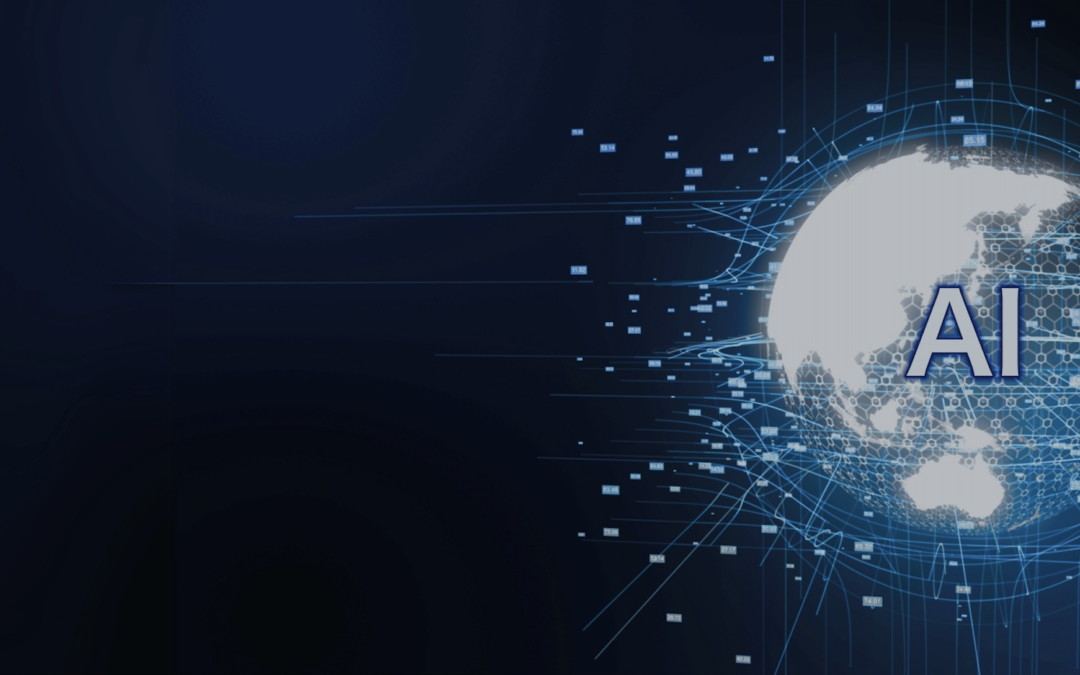
AI’s Achilles Heel: Weak Data Infrastructure
Artificial intelligence (AI) holds immense promise for businesses of all sizes, offering the potential to unlock valuable insights, automate processes, and drive innovation. However, realizing this potential often stumbles upon a critical weakness: the underlying data infrastructure. Like the mythical Achilles, whose heel was his only vulnerability, a flawed or inadequate data infrastructure can cripple an organization’s AI ambitions, preventing them from achieving meaningful return on investment (ROI).
The Knowledge and Innovation Gap
A significant bottleneck in leveraging modern data infrastructure for AI lies in the lack of in-house knowledge and talent concerning newer technologies. Platforms like Starburst, which enables querying data across multiple sources without moving it, and Alteryx, which offers powerful data blending and analytics capabilities, are crucial for building agile and efficient data pipelines. However, many organizations lack professionals skilled in effectively implementing and utilizing these technologies.
This knowledge gap leads to several detrimental consequences:
- Lack of Innovation: Without understanding what these modern tools can do, organizations cannot envision and implement innovative AI use cases that could provide a significant competitive advantage.
- Delayed Deployments: The learning curve associated with new technologies can lead to protracted project timelines, delaying the realization of AI-driven ROI and increasing development costs.
- Increased Tech Debt: Attempting to build AI solutions on outdated or poorly understood infrastructure often results in brittle and inefficient systems, accumulating technical debt that will be costly to rectify.
The Train to Sustain® Solution
To overcome these challenges, organizations can benefit immensely from adopting a Train to Sustain® approach offered by specialized consulting firms like xScion®. This methodology emphasizes knowledge transfer and upskilling from day one of engagement. Instead of simply delivering a solution and leaving, the consulting firm embeds knowledge within the client’s team, empowering them to independently manage, maintain, and evolve their data infrastructure and AI capabilities.
The core principles of a Train to Sustain® model include:
- Early and Continuous Knowledge Transfer: Consultants work alongside the client’s engineers and data scientists from the project’s inception, providing hands-on training and mentorship in implementing new technologies.
- Focus on Empowerment: The goal is to equip the client’s team with the skills and understanding necessary to become self-sufficient in using and managing the new data infrastructure, fostering a culture of continuous learning.
- Practical, Use-Case Driven Training: Training is tailored to the organization’s specific AI use cases and business needs, ensuring relevance and immediate applicability of the learned skills.
- Sustainable Expertise: By building in-house expertise, organizations reduce their long-term reliance on external consultants and create a sustainable foundation for future AI innovation and growth.
By embracing a Train to Sustain® approach, businesses of all sizes can effectively bridge the knowledge gap, build robust and modern data infrastructures, and ultimately unlock the true potential of AI to drive tangible and sustainable ROI tailored to their unique requirements.





